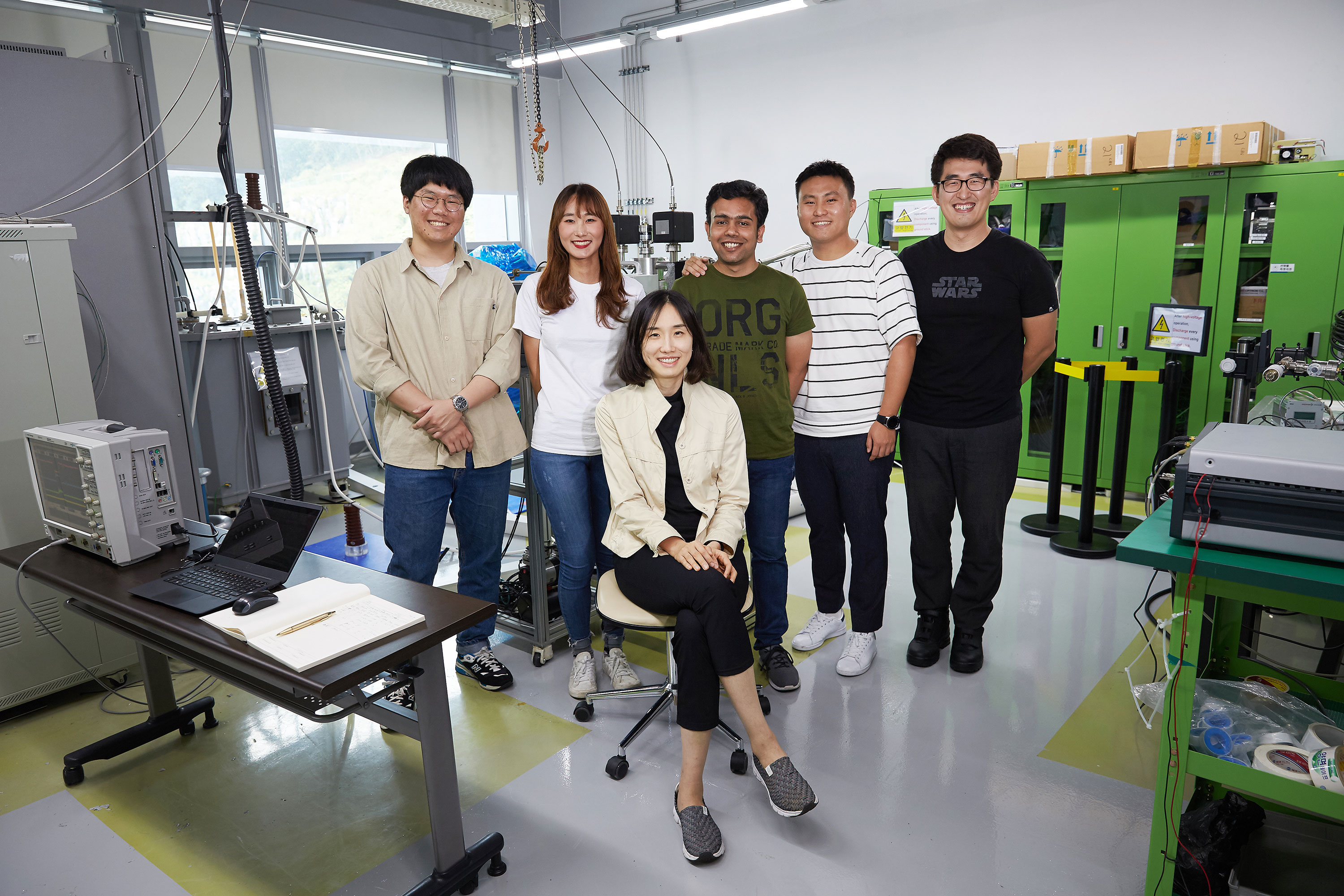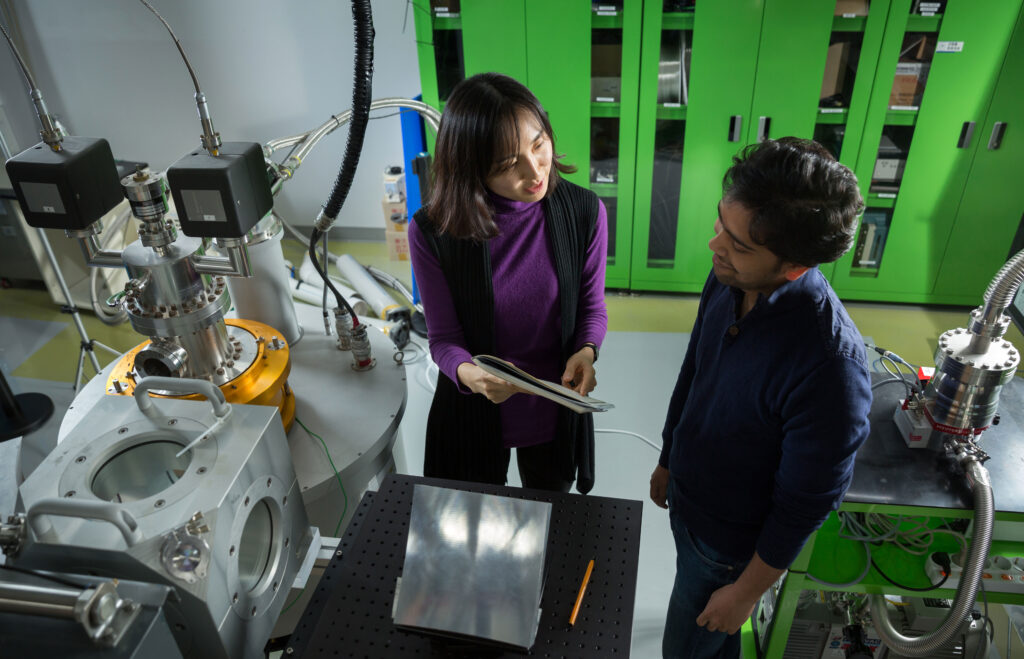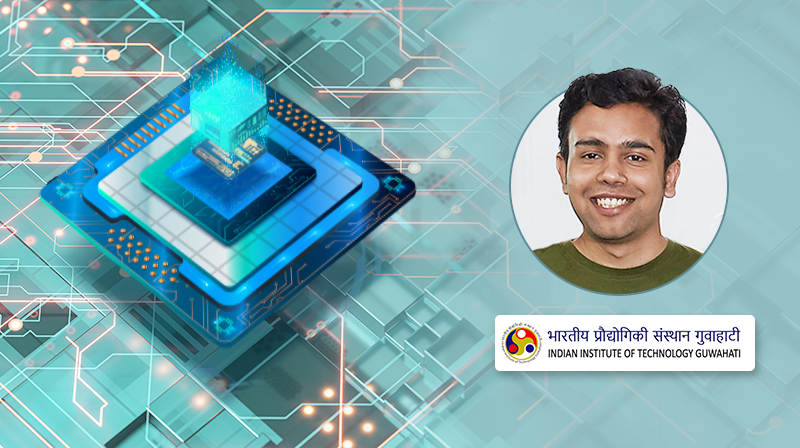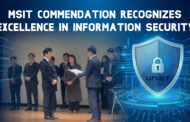The Department of Electrical Engineering at UNIST has announced the appointment of its graduate as an assistant professor at the Indian Institute of Technology Guwahati. Ashiwini Sawant (Advisor: Professor EunMi Choi) is an alumnus who has recently been appointed to a faculty position.
Dr. Ashiwini Sawant earned both his undergraduate and graduate degrees from India. He obtained his Ph.D. in February 2019 under the mentorship of Professor EunMi Choi in the Department of Electrical Engineering at UNIST. After that, he worked as a postdoctoral researcher at UNIST. His research interests include wireless communication, using vacuum electronic devices (VEDs), superconducting gyrotron, and orbital angular momentum (OAM). Dr. Sawant began his new career as an assistant professor in the Department of Electronics and Electrical Engineering at IITG, beginning December 2021.

Dr. Ashiwini Sawant obtained his Ph.D. in Febryary 2019 under the mentorship of Professor Eunmi Choi in the Department of Electrical Engineering at UNIST.
“I am really glad to join as an assistant professor at IIT Guwahati, a pioneer technical institute of India,” said Dr. Sawant. “I am overwhelmed to get this opportunity to teach the young brilliant minds and to carry out the research work along with them.”
The Indian Institutes of Technology (IIT) is a public institution, established by the Indian government to foster talents in the fields of science and technology. Today there are a total of 23 IIT campuses. Established in 1994, the IIT Guwahati is the sixth member of the IIT fraternity. At present the institute has eleven departments and five inter-disciplinary academic centres covering all the major engineering, science and humanities disciplines, offering BTech, BDes, MA, MDes, MTech, MSc and PhD programmes. It is also one of the seven initial IITs that are being recognized as prestigious universities in India. Not only that, IIT Guwahati has secured the 7th rank in Engineering Category in National Institutional Rankings Framework, NIRF 2021.
Dr. Sawant plans to continue related research in India. In the long run, it aims to contribute to the realization of next-generation technologies with higher data efficiency through research in the field of wireless communication based on orbital angular momentum.

Professor EunMi Choi and Dr. Ashiwini Sawant.
“I am extremely fortunate to have Professor EunMi Choi, as my mentor,” said Dr. Sawant. “I have always been given the best guidance by them in my short research career.”
He added, “I would like to follow the path of my mentors and continue to excel in my research career as well as become a great teacher. I am looking forward to establishing a few research collaborations in India and South Korea to carry out the research work that can benefit the global society.”
[Below is an interview with Professor Ashwini Sawant of IIT Guwahati]
Q. Please introduce yourself briefly?
I am an assistant professor in the Electronics and Electrical Engineering Department at the Indian Institute of Technology (IIT), Guwahati. I was born and brought up in Gwalior city in India. I was awarded a Bachelor of Engineering Degree from the Institute of Technology and Management (ITM) Gwalior in 2010, and a Master of Technology (M.Tech.) Degree from Indian Institute of Technology (IIT) Roorkee in 2013 with specialization in Electronics and Communication Engineering. I earned a Ph.D. degree from the Department of Electrical Engineering, Ulsan National Institute of Science and Technology in 2019. I have also worked as a post-doctoral research associate in THz Vacuum Electronics and Electrodynamics (TEE) research group, UNIST, South Korea. Recently, I have joined as an Assistant Professor in IIT Guwahati in December 2021. My research interests are Vacuum Electron Devices (VEDs) Design and Development, Gyrotron’s Design, development, and its applications, Orbital angular momentum (OAM) beam study for millimeter wireless communication technology.
Q. What is it like to be a university professor?
I am really glad to join as an assistant professor at IIT Guwahati, a pioneer technical institute of India. I am overwhelmed to get this opportunity to teach the young brilliant minds and to carry out the research work along with them.
Q. Tell us about IIT Guwahati.
IIT Guwahati is the sixth member of the IIT fraternity and was established in 1994. Currently, it is having eleven departments and five inter-disciplinary academic centers exploring all major engineering. Science and humanities disciplines, offering degrees for bachelor, master, and Ph.D. students. It is having a world-class infrastructure for carrying out advanced research and has been equipped with state-of-the-art scientific and engineering students. Currently, it is ranked 7th in the NIRF India rankings 2021, and 395 in the QS world university rankings 2022. IIT Guwahati Campus is on the north bank of the river Brahmaputra around 20 KMs away from the heart of the Guwahati city and is counted amongst the most beautiful IIT campuses with the presence of many hills and lakes in it.
Q. Which department will be you working in? And what is your area of research?
I work as an assistant professor in Electronics and Electrical Engineering Department in IIT Guwahati. My research field is Vacuum Electron devices, millimeter wave technology, and Orbital angular momentum(OAM) beams. Currently, I am working on developing an efficient method to generate the OAM beams at millimeter-wave frequencies for wireless communication technology. The long-term objective of this research is to implement the OAM multiplexing in wireless communication to achieve a higher data rate for next-generation technology.
Q. What was your research focus areas at UNIST?
My Ph.D. research work at UNIST was the design and development of a second harmonic gyrotron for OAM beam generation. Gyrotrons are Vacuum Electron Devices capable of generating high power (MWs) at millimeter and sub-THz frequencies. I have developed a 190 GHz gyrotron to demonstrate its application as a natural source of OAM beam generation. As a post-doctoral research associate, I have worked on a project funded by Samsung Electronics to develop an OAM wireless communication channel for backhaul applications. In this research work, we have determined the Degree of Freedom calculation of the OAM wireless communication link with a novel approach by introducing the most generalized physical quantities: paraxiality and orthogonality for generalized free-space OAM modes. Additionally, I have taken an active part in various research activities like the development of W-band Gyrotron, development of E-band TWTs, development of Quasi-optical mode generators, radioactive source detection, Plasma discharge, and many more carried out by our research group in the TEE lab.
Q. How was your life on campus at UNIST?
I have spent almost seven years of my life on the UNIST campus, and I can surely say that I have various memories and experiences attached to it. Each and every member of the UNIST family was very supportive and friendly. I have been immensely supported by my professor EunMi Choi and the members of our research group.
Q. Were there any difficulties or challenges during the appointment process?
I had not faced any major challenges during my appointment process. I have given a couple of interviews in different IITs for the assistant professor position and finally got the opportunity to join IITG.
Q. What are your future career goals?
I am very fortunate to have Professor EunMi Choi, my Ph.D. supervisor, and Professor M. V. Kartikeyan (Professor, IIT Tirupati, India), my M. Tech supervisor as mentors. I have always been given the best guidance by them in my short research career. I would like to follow the path of my mentors and continue to excel in my research career as well as become a great teacher. I am looking forward to establishing a few research collaborations in India and South Korea to carry out the research work that can benefit the global society.














